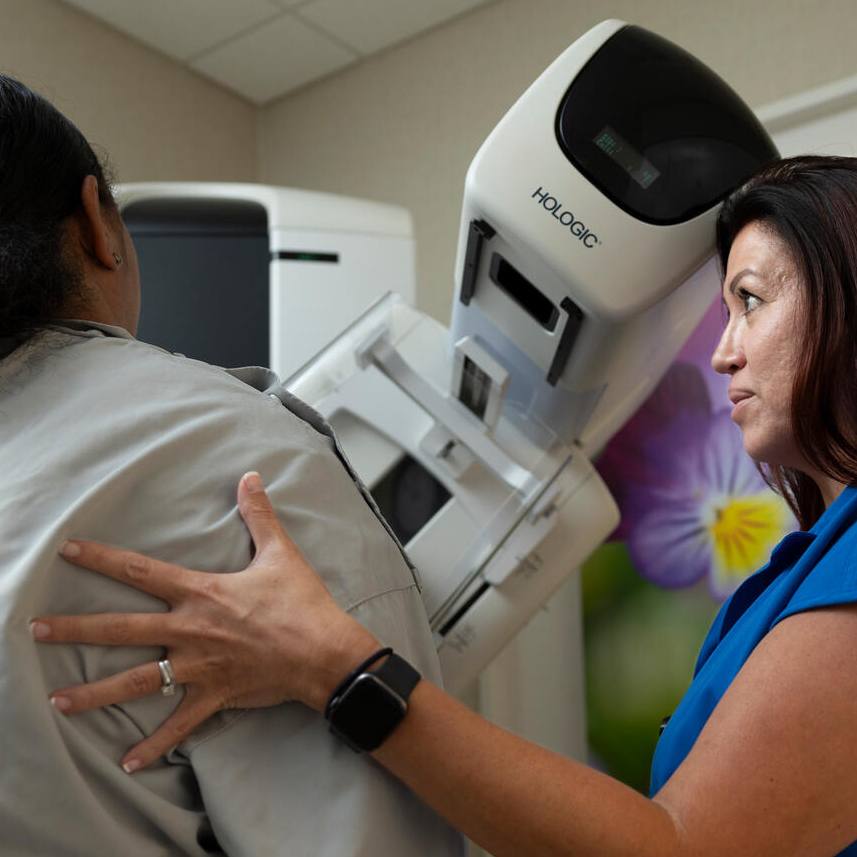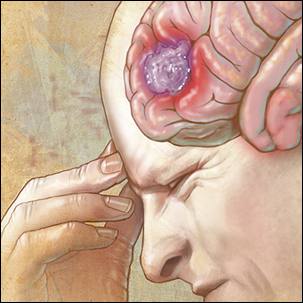-
Cancer
Consumer Health: What do you know about these 3 childhood cancers?

The types of cancer that occur in children often are different from those in adults. Childhood cancers usually are not linked to lifestyle or environmental risk factors, as is often the case in adults. Nonetheless, cancer is the second-leading cause of death in children 1 to 14 years old, according to the American Cancer Society. Nearly 10,000 children in the U.S. under the age of 15 will be diagnosed with cancer in 2023, and about 1,000 children are expected to die of the disease.
September is Childhood Cancer Awareness Month, which makes this a good time to learn about three of the most common types of cancer in children: acute lymphocytic leukemia, neuroblastoma and pediatric brain tumors.
Acute lymphocytic leukemia
Acute lymphocytic leukemia is a cancer of the blood and bone marrow. It's the most common type of cancer in children, and treatments result in a good chance for a cure. Acute lymphocytic leukemia also can occur in adults, though the chance of a cure is greatly reduced.
Signs and symptoms of acute lymphocytic leukemia can include:
- Bleeding from the gums.
- Bone pain.
- Fever.
- Frequent infections.
- Frequent or severe nosebleeds.
- Swollen lymph nodes in and around the neck, armpits, abdomen or groin.
- Pale skin.
- Shortness of breath.
- Weakness, fatigue or a general decrease in energy.
Treatment for acute lymphocytic leukemia includes chemotherapy, targeted therapy, radiation and bone marrow transplant. There's also a specialized treatment called chimeric antigen receptor-T cell therapy that takes your body's germ-fighting T cells, engineers them to fight cancer, and infuses them back into your body.
Neuroblastoma
Neuroblastoma is a cancer that develops from immature nerve cells found in several areas of the body. It most commonly affects children 5 or younger, though it may rarely occur in older children.
Signs and symptoms of neuroblastoma vary, depending on what part of the body is affected.
Neuroblastoma in the abdomen — the most common form — can cause:
- Abdominal pain.
- A mass under the skin that isn't tender when touched.
- Changes in bowel habits, such as diarrhea or constipation.
Neuroblastoma in the chest can cause:
- Wheezing.
- Chest pain.
- Changes to the eyes, including drooping eyelids and unequal pupil size.
Other signs and symptoms that can indicate neuroblastoma include:
- Lumps of tissue under the skin.
- Eyeballs that seem to protrude from the sockets.
- Dark circles, similar to bruises, around the eyes.
- Back pain.
- Fever.
- Unexplained weight loss.
- Bone pain.
The treatment plan for neuroblastoma is based on several factors that affect the child's prognosis, including the child's age, the stage of the cancer, the types of cells involved in the cancer, and whether there are any abnormalities in the chromosomes and genes. Treatment can include surgery, chemotherapy, radiation therapy, bone marrow transplant and immunotherapy. There also is a newer form of radiation therapy that may help control high-risk neuroblastoma. The treatment uses a radioactive form of the chemical metaiodobenzylguanidine (MIBG) and sometimes is combined with chemotherapy or bone marrow transplant.
Pediatric brain tumors
There are many types of pediatric brain tumors. Some are noncancerous, or benign, and some are cancerous, or malignant.
Signs and symptoms of a brain tumor in children vary greatly, depending on the brain tumor type, size, location and rate of growth. Some signs and symptoms may not be easy to detect because they're similar to symptoms of other conditions.
Some of the more common symptoms of a brain tumor in children include:
- Headaches, which may become more frequent and more severe.
- Feeling of increased pressure in the head.
- Unexplained nausea or vomiting.
- Abrupt onset of vision problems, such double vision.
Other possible signs and symptoms, depending on the tumor location, include:
- A fuller soft spot on the skull in babies.
- Seizures, especially when there's no history of seizures.
- Abnormal eye movement.
- Slurred speech.
- Trouble swallowing.
- Loss of appetite; or in babies, difficulty feeding.
- Difficulty with balance.
- Trouble walking.
- Weakness or loss of sensation in an arm or a leg.
- Weakness or drooping on one side on the face.
- Confusion.
- Irritability.
- Memory problems.
- Personality or behavior changes.
- Hearing problems.
Treatment of a pediatric brain tumor depends on the type of tumor, its location within the brain, whether it has spread, and the child's age and general health. Because new treatments and technologies are being developed continually, several options may be available at different points in treatment. And treatment for brain tumors in children typically is quite different from treatment for adult brain tumors, so it's important to enlist the expertise and experience of pediatric specialists in neurology and cancer. Treatment can include surgery, traditional radiation therapy, proton beam therapy, radiosurgery, chemotherapy and targeted drug therapy.
Connect with others talked about childhood cancer in the Cancer Support Group and the Adolescent & Young Adult (AYA) Cancer Support Group on Mayo Clinic Connect, an online patient community moderated by Mayo Clinic.







